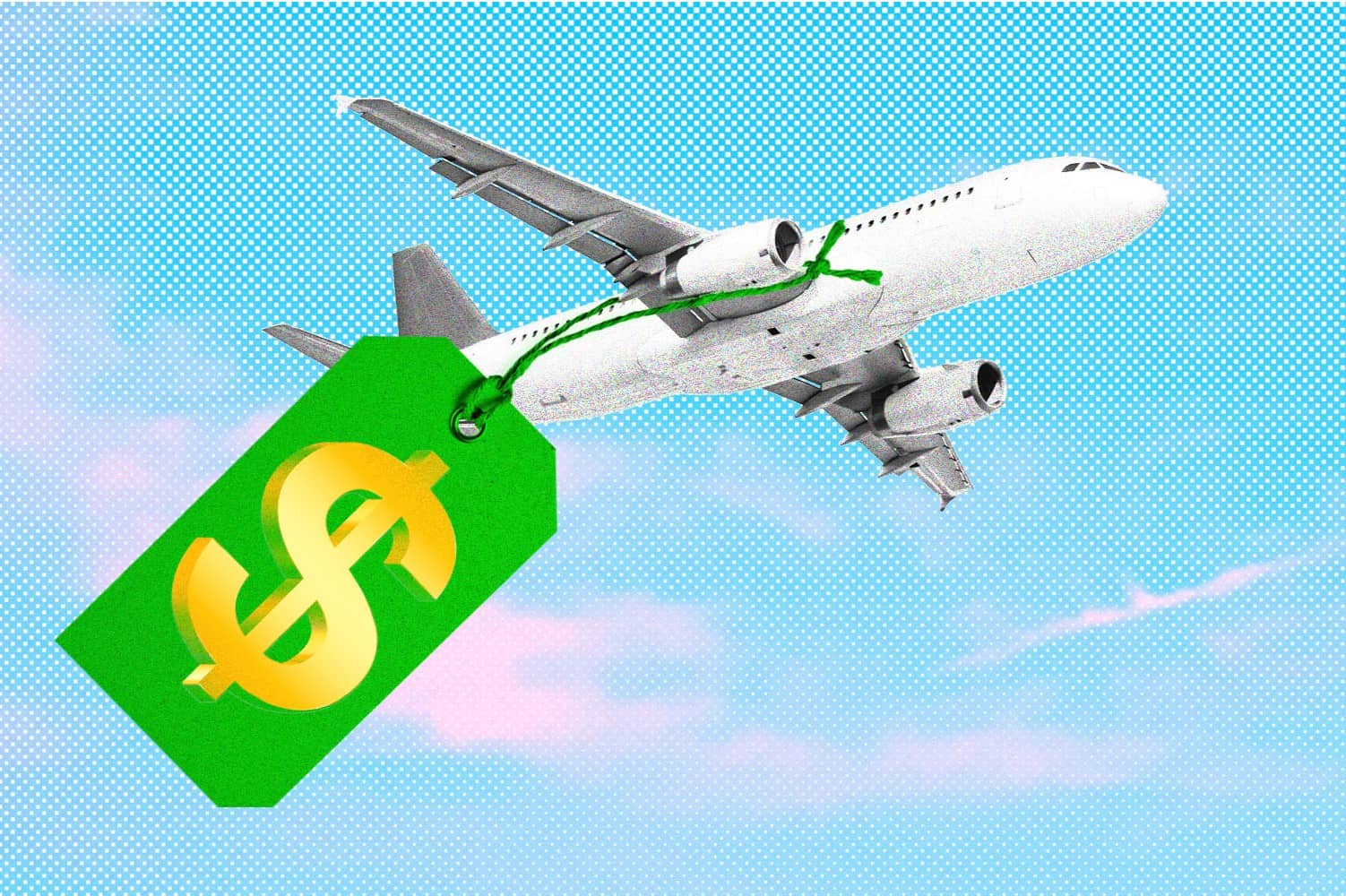
How do airlines keep ticket prices low while still making a profit? Airlines use a mix of strategies to balance costs and revenue. Fuel efficiency plays a huge role; newer planes use less fuel, saving money. Dynamic pricing helps too, adjusting ticket prices based on demand. Baggage fees and other extra charges also add to their income. Partnerships with other airlines allow them to share routes and reduce costs. Streamlined operations and efficient scheduling minimize delays and save money. In-flight services are often reduced or offered at a cost to passengers. Frequent flyer programs encourage loyalty, ensuring a steady stream of customers. Bulk purchasing of supplies and fuel at discounted rates further cuts expenses. These tactics help airlines stay competitive while offering affordable fares.
Key Takeaways:
- Airlines save money by using fuel hedging, winglets, and efficient flight paths. Newer aircraft, standardized fleets, and operational streamlining also contribute to cost efficiency.
- Airlines generate extra income through ancillary revenue, self-service options, and loyalty programs. Leveraging technology and environmental initiatives also help reduce costs and improve sustainability.
Understanding Airline Cost Efficiency
Airlines constantly seek ways to cut costs while maintaining quality service. This balancing act involves numerous strategies and innovations. Let's explore some fascinating facts about how airlines achieve cost efficiency.
Fuel Management
Fuel is one of the largest expenses for airlines. Efficient fuel management can significantly reduce costs.
- Fuel Hedging: Airlines often use fuel hedging to lock in fuel prices for a certain period. This strategy helps protect against price spikes.
- Winglets: Adding winglets to aircraft wings reduces drag, leading to fuel savings. These small modifications can save millions of gallons of fuel annually.
- Efficient Flight Paths: Airlines use advanced software to plan the most efficient flight paths, reducing fuel consumption and flight time.
Fleet Optimization
The type and age of aircraft in a fleet can impact operating costs.
- Newer Aircraft: Modern planes are more fuel-efficient and require less maintenance. Investing in newer models can lead to long-term savings.
- Standardized Fleets: Using a standardized fleet reduces training and maintenance costs. Pilots and mechanics can work on multiple aircraft without needing additional certifications.
- Retrofitting: Upgrading older planes with new technology can improve fuel efficiency and reduce emissions.
Operational Efficiency
Streamlining operations can lead to significant cost savings.
- Turnaround Time: Reducing the time an aircraft spends on the ground between flights increases utilization and revenue.
- Crew Scheduling: Efficient crew scheduling ensures that staff are used effectively, reducing overtime and standby costs.
- Maintenance Planning: Predictive maintenance uses data to anticipate and address issues before they become costly problems.
Passenger Services
Balancing cost efficiency with passenger satisfaction is crucial.
- Ancillary Revenue: Airlines generate additional income through baggage fees, seat selection, and in-flight sales.
- Self-Service Options: Encouraging passengers to use self-service kiosks and online check-in reduces staffing needs at airports.
- Loyalty Programs: Frequent flyer programs encourage repeat business, reducing marketing and acquisition costs.
Technology and Innovation
Leveraging technology can streamline processes and reduce costs.
- Automated Systems: Automation in booking, check-in, and baggage handling reduces labor costs and errors.
- In-Flight Wi-Fi: Offering in-flight Wi-Fi can generate additional revenue while enhancing the passenger experience.
- Mobile Apps: Airline apps provide real-time updates and streamline the travel experience, reducing the need for customer service interventions.
Environmental Initiatives
Sustainability efforts can also lead to cost savings.
- Biofuels: Investing in biofuels can reduce dependency on traditional jet fuel and lower emissions.
- Carbon Offsetting: Some airlines invest in carbon offset programs, which can attract environmentally conscious travelers and improve brand image.
- Recycling Programs: Implementing recycling programs on flights and in airports can reduce waste disposal costs and support sustainability goals.
Final Thoughts on Airline Cost Efficiency
Airline cost efficiency is a complex puzzle with many pieces. From fuel management to fleet optimization, every decision impacts the bottom line. Airlines constantly seek ways to cut costs without sacrificing safety or service quality. Innovations in technology, like more fuel-efficient aircraft and advanced route planning software, play a significant role. Additionally, partnerships and alliances help airlines share resources and reduce expenses. Understanding these factors gives us a clearer picture of why ticket prices fluctuate and how airlines stay competitive. Next time you book a flight, remember the intricate balancing act behind the scenes. It’s not just about getting from point A to point B; it’s about doing so in the most cost-effective way possible. Keep these insights in mind, and you’ll appreciate the effort that goes into making air travel accessible and affordable.
Frequently Asked Questions
Was this page helpful?
Our commitment to delivering trustworthy and engaging content is at the heart of what we do. Each fact on our site is contributed by real users like you, bringing a wealth of diverse insights and information. To ensure the highest standards of accuracy and reliability, our dedicated editors meticulously review each submission. This process guarantees that the facts we share are not only fascinating but also credible. Trust in our commitment to quality and authenticity as you explore and learn with us.


